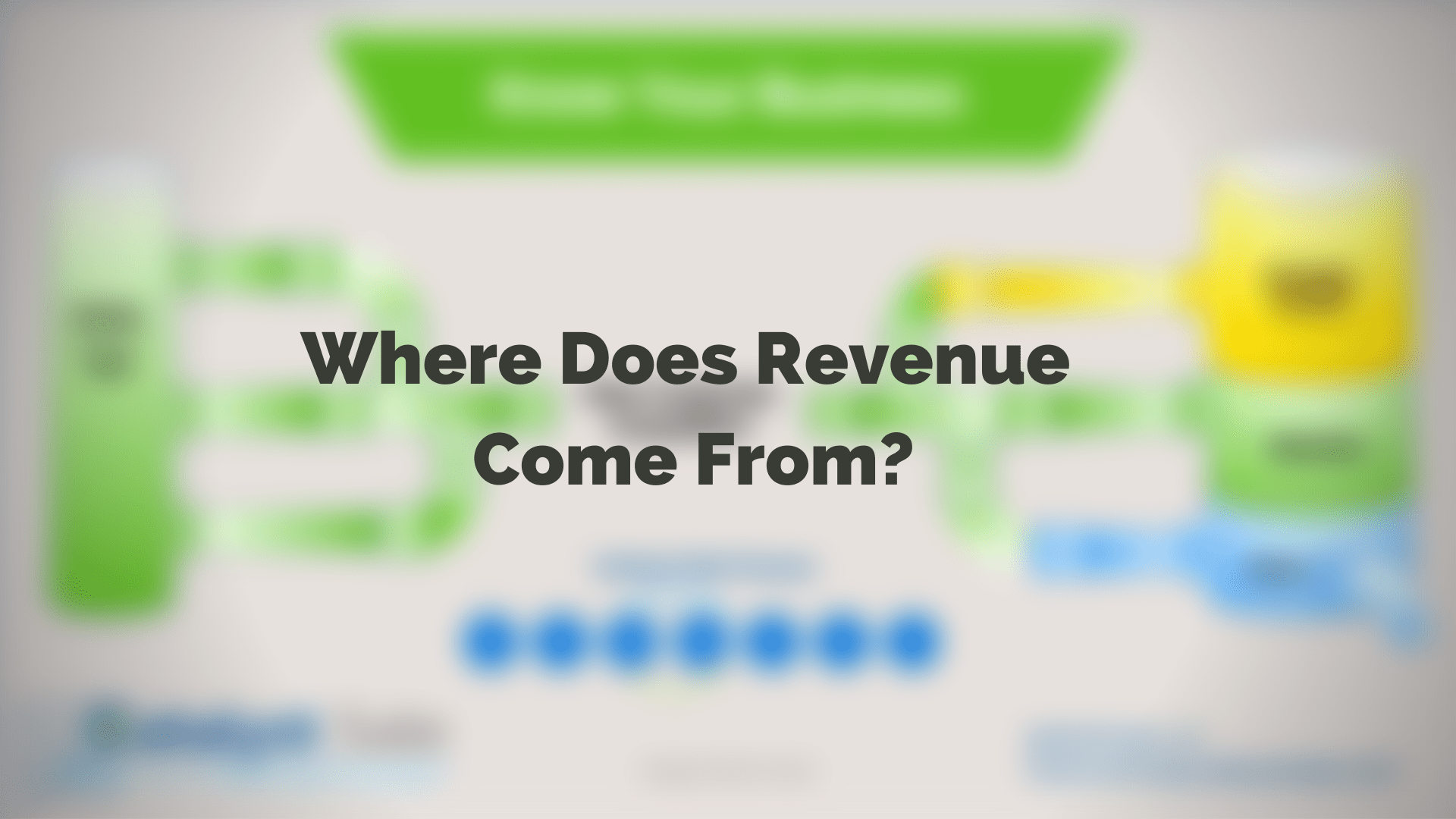Better yet – where does your revenue come from?
Can you draw it up on a whiteboard?
If everyone in the org drew their version of the model, equation, funnel, etc – would it look the same?
This is a challenge I’ve been working on in one way or another for the past 20 years. Replace revenue with “audience or learners”. We could ask the question – Where do learners come from? Where do end-users come from? Where do our customers (internal or external) come from?
These are my thoughts process and perspectives on this.
Ingredients in the Revenue Equation
What are the ingredients that make up your revenue equation?
There are a handful from my perspective, and they fall into the following two categories – Tools and Process.
Tools for Revenue Growth
- Territory Plan – Knowing who your customer is at an individual and organization level are important distinctions. Tools like a Territory Plan, can help create both clarity and focus.
- Call Plan – Preparing for interaction, knowing who will be in the room, anticipating their objectives, knowing your objectives, and having a list of desired next steps, can put you on the path to success.
- Account Plan – Knowing the what, who, why, how, and when, followed by creating a plan & executing can help reveal risk, and improve impact.
- Proposal – Knowing the problem that exists, why it is important to solve, how you solve it, and how much it will cost.
Processes that Create Revenue
- Customer Decision-Making Process – How your customer makes the decision to change, and how they purchase.
- Sales Process – How you forecast and improve predictability while reducing risk.
- Sales Rep Approach – How you execute.
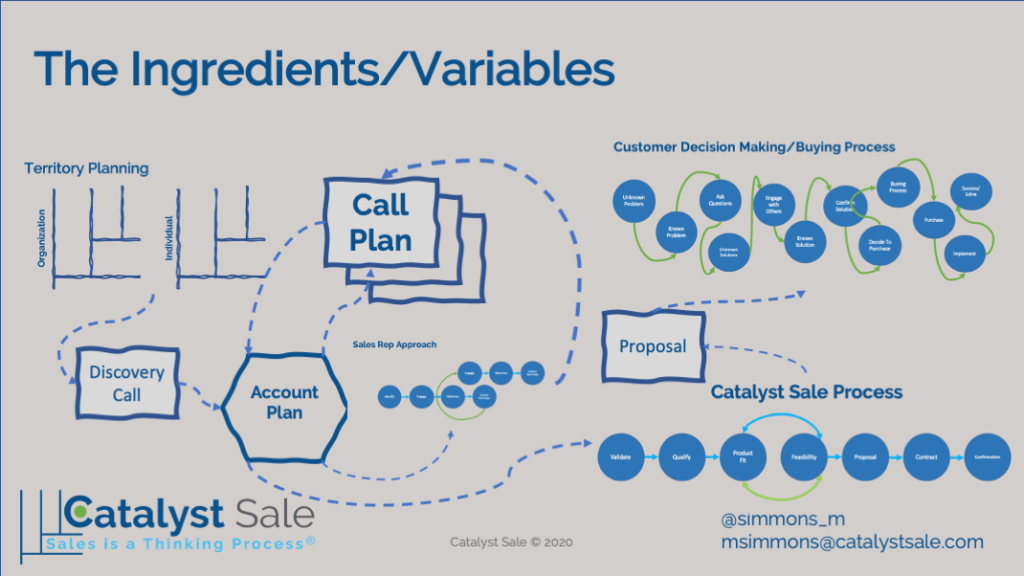
Revenue Operations & Foundational Skills
“If you know the enemy and know yourself, you need not fear the result of a hundred battles. If you know yourself but not the enemy, for every victory gained you will also suffer a defeat. If you know neither the enemy nor yourself, you will succumb in every battle.”
― Sun Tzu
Know Your Customer, Know Your Business, Know Your Approach as a Rep. and apply foundational skills – If you do these things, you will leave fewer things up for chance, and put yourself and your team in a position to be successful.
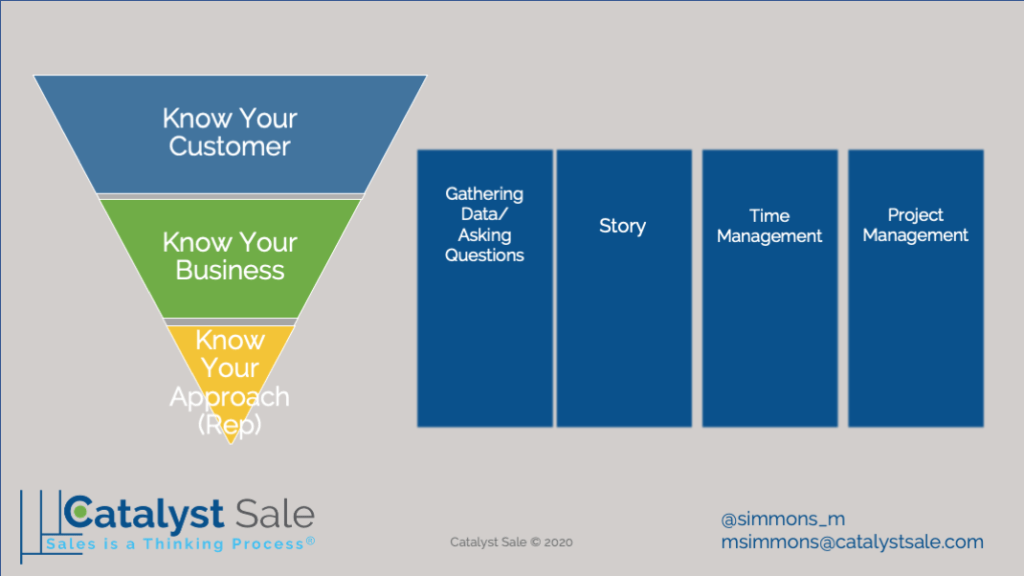
Know Your Customer
- How do your customers go through the process of making a decision to purchase, and how do they actually buy things?
- What series of events, obstacles, barriers, traps do they need to navigate?
- Where do they go for help?
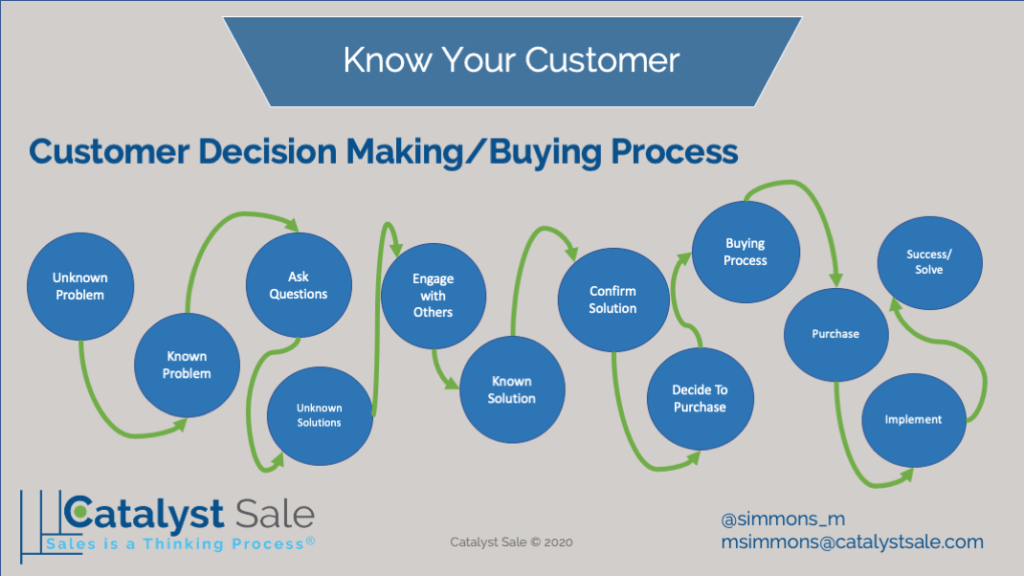
Know Your Business
- What is the size and scope of the market you serve?
- How will you tap into that market?
- How do you transition from demand generation to conversion, or initial revenue generation?
- What happens next?
- How do you grow?
- What do you lose?
- Where is the balance?
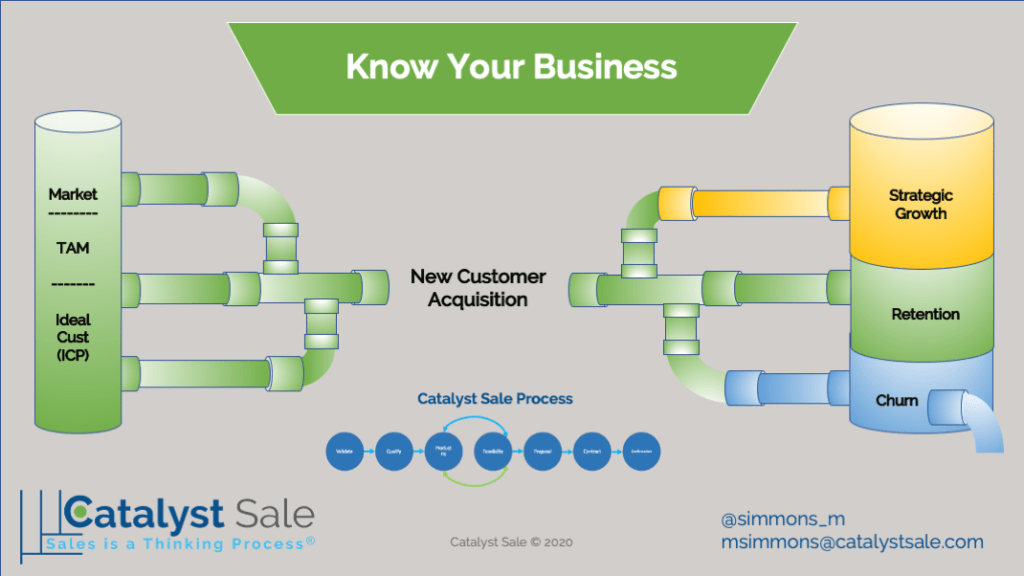
Know Your Approach
- How does your team execute?
- What repeatable process do they follow?
- How is this different from what you might call your “Sales Process“?
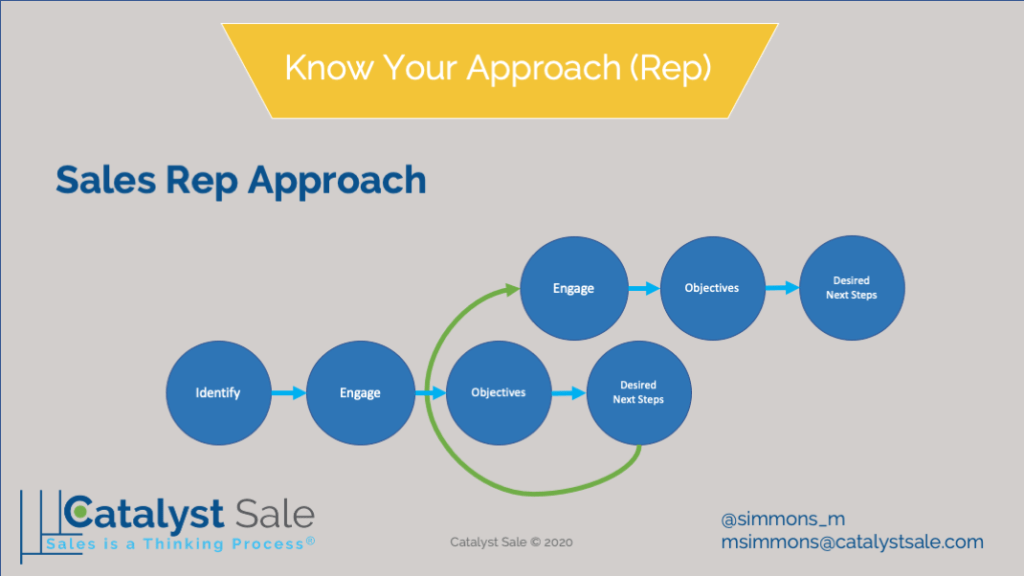
Putting the pieces of the puzzle together
- Is your ideal customer profile defined?
- How does it impact your demand generation strategy?
- Is demand fueling your ability to acquire new customers?
- Are you growing at a level that excites you?
- If not – is there a leak in your people, your process, your tools, your approach?
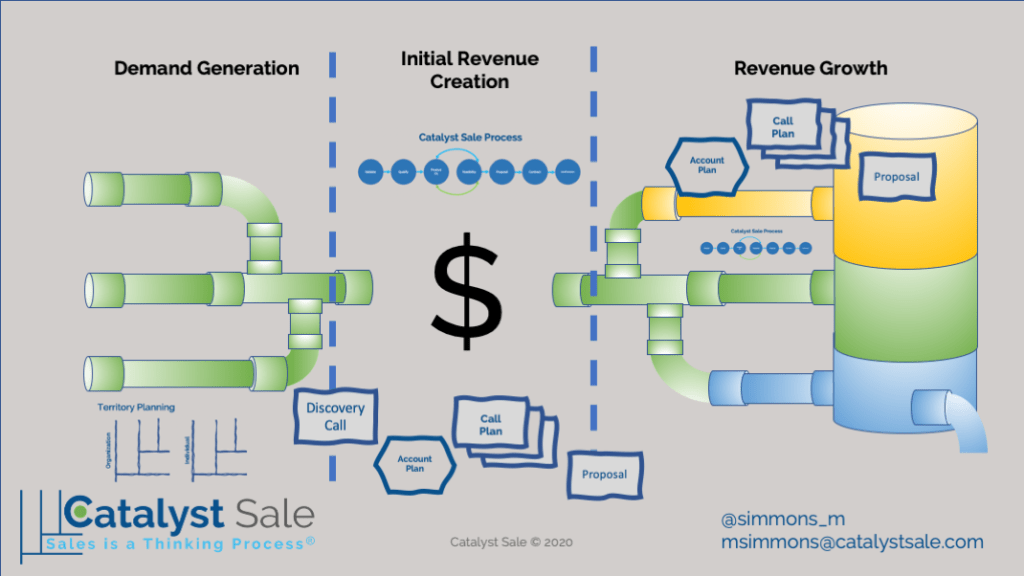
So What?
I get it, many of these questions are tough to answer. They become more complex when you attempt to solve the problem from different perspectives. When problem-solving, it is important to deconstruct things. Isolate for given variables, test, and adjust.
The above visuals should help you deconstruct, and isolate issues. They help me, and organizations I work with.
Now What?
Put this work into practice, gain the perspective of multiple folks within your teams, see where you are aligned, identify your gaps, and address them one at a time.
I’d like to hear how you apply this in your business, in your role. Sales is a Thinking Process® – How are you Thinking Differently About Yours?
If you’d like to learn more about this stuff, or download the tools discussed above – check out the Catalyst Sale Podcast, or send me a note.

